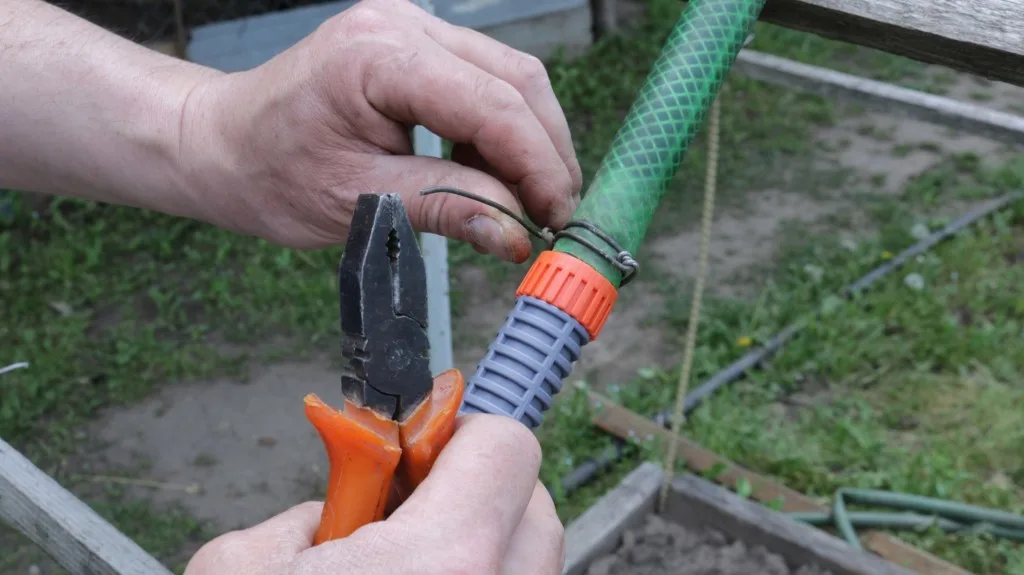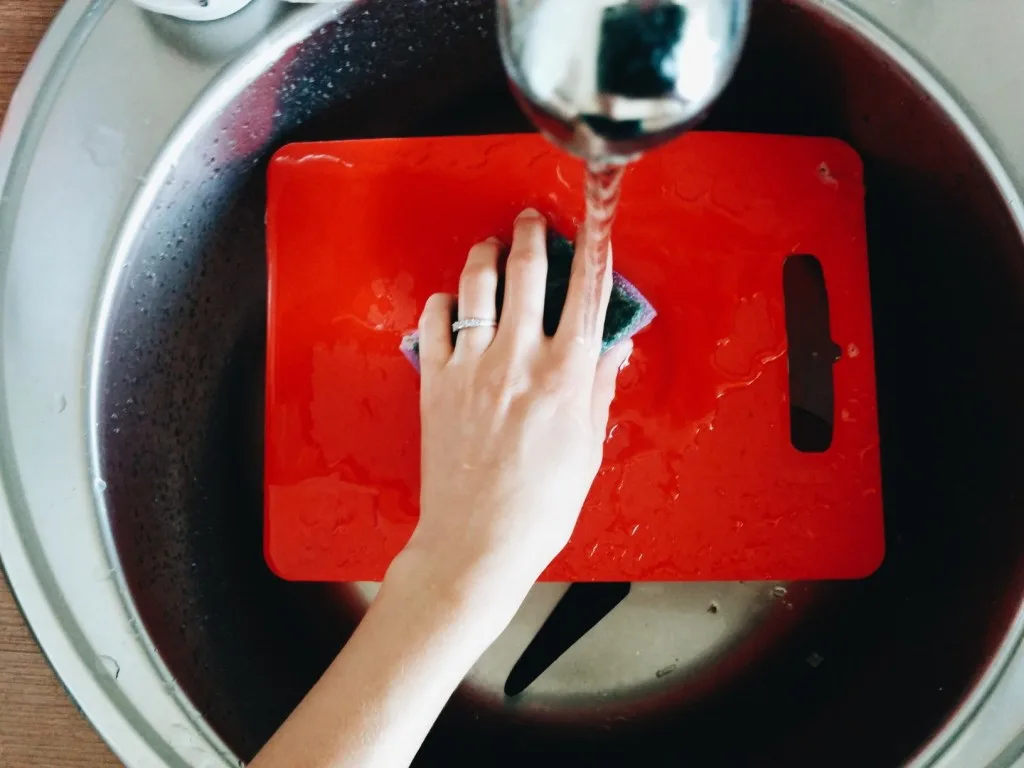Water pouring out the bottom of the RV is practically every RV owner’s worst nightmare. However, water leaking out of your rig isn’t always a bad thing, and sometimes it may even be intentional.
Whether you need to winterize your RV or try to save weight while towing, draining your RV’s freshwater tank is a relatively simple task.
So how do you drain an RV freshwater tank? Let’s get started.
What Is an RV Fresh Water Tank?
An RV freshwater tank holds potable water in an RV. These tanks typically range from 30 to 100 gallons depending on the rig. Water from this tank is used throughout an RV’s water system for toilets, showers, and sinks.
By storing water, RVers can access water when camping in locations with limited or no access to it. You would find boondocking and dry camping much harder if it weren’t for the ease of storing water in freshwater tanks. Many RVers keep some water in their water tank to allow them to use the restroom during travel.
Pro Tip: Running out of fresh water while boondocking is a disaster! Make sure not to commit these other 7 Deadly Sins of Boondocking.
How Do I Drain My RV Fresh Water Tank?
You should drain your whole water system at the end of a camping trip or if your RV sits for some time between uses. You don’t want liquid sitting in there and getting funky between trips.
Start by turning off your RV’s water heater and water pump. Doing this in advance will give the water heater tank time to cool down. You can now open all of the faucets, showers, and flush toilets to remove the water pressure in the lines. Don’t forget outside showers and faucets as well.
Now you can head outside to find the low-point drains under your RV. These are typically red and blue hoses with small plastic caps or a valve to keep them closed. Unscrew the caps or open the valve to let the water drain. As the water drains, you can find the fresh tank dump valve.
This is typically a pull handle that releases the contents of the freshwater tank when opened. You must open this slowly to avoid splashing water everywhere and creating a mess at your campsite. As the tank empties, you can move to the final step of draining the water heater.
A typical RV water heater holds 6 to 12 gallons, which you won’t want sitting in there while your rig is in storage. You’ll need a ratchet, an extension, and the correct size socket. A typical water heater plug requires a 15/16” socket, and an anode rod requires a 1 and 1/16” socket. If you haven’t already picked one up, it’s a good idea to have one in your tool bag for when the time comes.
Once all of the water drains from the low-point drains, fresh tank, and the water heater, you can tighten everything back up and know that your water system is empty. You won’t have to worry about funky odors or anything growing in your water supply.

How Long Can Fresh Water Stay in an RV Tank?
Water can get pretty nasty if you let it sit for too long in your RV’s water tank. If you don’t use your RV regularly, you’ll likely want to dump your tanks and water system if it will sit for more than two weeks.
Water sitting in your RV tank for too long can taste bad and be hazardous. Bacteria, mold, and algae can grow inside your water tank, especially if you use well water. This would make the water unsafe for drinking, cooking, showering, or other purposes.
Pro Tip: Keep your fresh water clean and safe to drink with these tips on How to Clean Your RV Fresh Water Tank.
Can You Overfill Fresh Water Tank?
Many RVs come with an overflow drain connected to the freshwater tank. This drains the excess water from the freshwater tank when it gets full. You’ll know the tank is full when water starts falling out. However, if water enters the tank faster than it can drain, it can create some issues for your system.
Some RVers have damaged their freshwater tanks by overfilling them. This is typically the result of getting distracted while filling their tank. Keep an ear out for water draining from the overflow. Too much water can cause pressure and rupture the tank.

How Do You Flush an RV Water System?
It’s a good idea to flush out your entire system and clean it a couple of times a year. Start the process by turning off your water heater and draining all the freshwater from your tank and water lines. Then adjust your water system valves to bypass the water heater and remove any filters.
You’ll need to pump a diluted bleach solution to fill your water tank to approximately one-third or half. Then fill the remainder of the tank with water to clean every bit of your tank.
You can then turn the water pump on and open every faucet one at a time until you smell the bleach solution. Don’t forget any outside kitchen faucets and showers too. Let the solution sit for several hours to destroy the bacteria and any gunk in your system.
Finally, you can drain your entire water system. Start by undoing the low point drains, and then use the water pump to push all of the water out of your fresh tank. Refill the freshwater tank and pump water through the system until you no longer smell bleach. It’s good to have a sewer connection available to make it easy to dump your tanks.
How Often Should You Drain an RV Fresh Water Tank?
You should drain your RV’s freshwater tank whenever you’re not using your RV. You don’t want bacteria and other gunk to grow in your water system. If you use your RV regularly, you don’t need to worry as much. However, if not, make sure you dump your freshwater tank on the way home or before putting your rig in storage.
Additionally, cleaning it out a couple of times a year can keep your tanks and water fresh and ready for your next adventures.
How often do you drain your RV’s freshwater tank? Tell us in the comments!
Discover the Best Free Camping Across the USA
To be honest with you, we hate paying for camping. There are so many free campsites in America (with complete privacy).
You should give it a try!
As a matter of fact, these free campsites are yours. Every time you pay federal taxes, you’re contributing to these lands.
Become a FREE CAMPING INSIDER and join the 100,000 campers that love to score the best site!
We’ll send you the 50 Best Free Campsites in the USA (one per state). Access the list by submitting your email below: